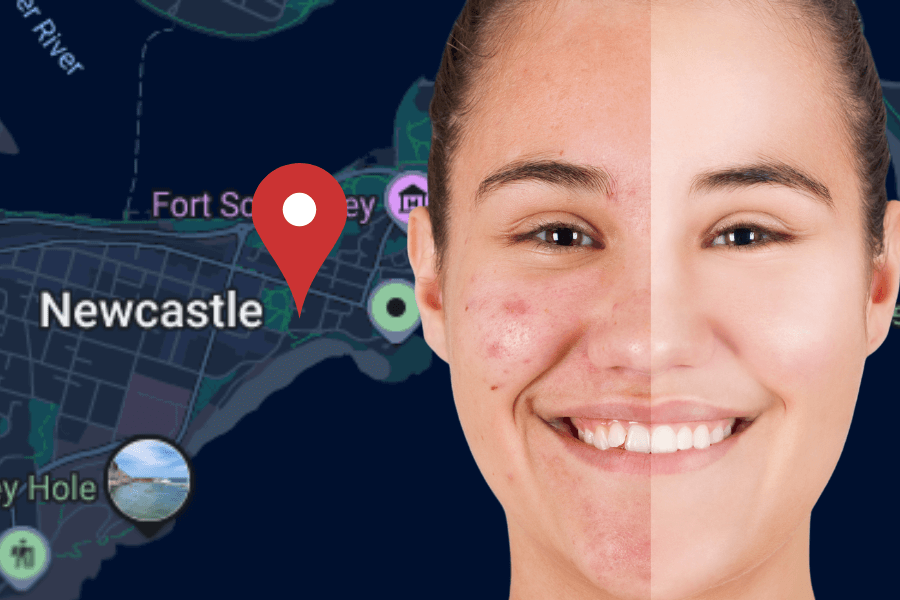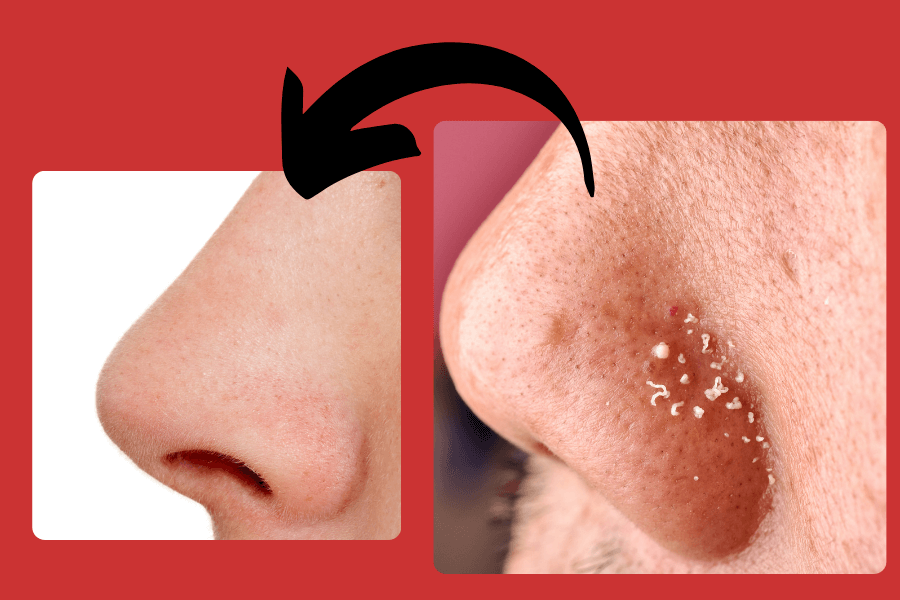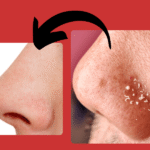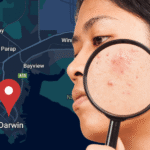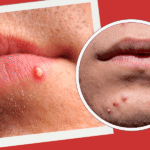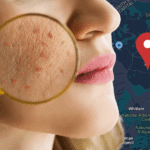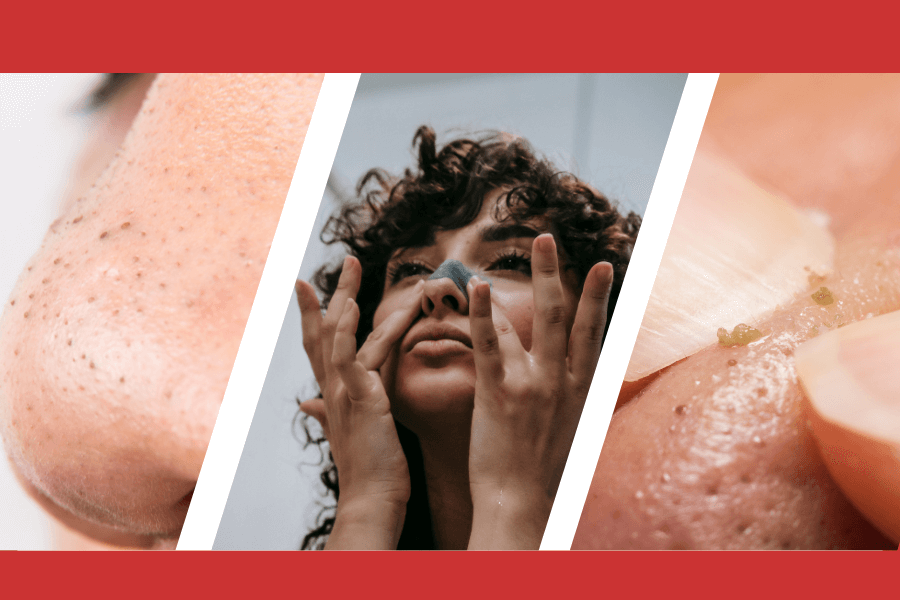
You know that moment when you’re brushing your teeth and suddenly notice those stubborn dark dots all over your nose? Ugh, blackheads are like the most persistent house guests ever – they just won’t take the hint and leave.
And let’s be honest, the urge to just squeeze the life out of them is overwhelming. Your fingers are practically twitching to get in there and pop those suckers out. But before you go all medieval on your face, there’s stuff you absolutely need to know.
Most folks completely butcher this whole process. They go at their skin like they’re trying to juice a lemon, then wonder why they look like they wrestled with a cactus. Red, angry skin, pores that look even bigger, and sometimes scars that stick around forever – not exactly the glow-up anyone was hoping for.
But here’s the thing: blackheads extraction doesn’t have to turn into a horror show. You just need to know what you’re actually doing instead of winging it in your bathroom at 11 PM.
What exactly are blackheads anyway?
Before diving into extraction methods, let’s get clear on what we’re dealing with. Blackheads aren’t actually dirt stuck in your pores (despite what your well-meaning aunt might have told you).
They’re basically open comedones – fancy dermatology speak for clogged pores that stay open to the surface. Here’s what happens: your pores produce natural oil, dead skin cells mix with that oil, and when this mixture hits air, it oxidises and turns dark. That’s the black colour you see.
Unlike whiteheads that stay covered by skin, blackheads are exposed to air. They’re most common on your nose, chin, and forehead – basically anywhere your skin tends to be oilier.
Safe DIY blackheads extraction methods
If you’re determined to handle blackheads extraction at home, at least do it right. Here’s how to minimise damage:
Get your skin ready first. Jump in a hot shower or stick a warm, wet washcloth on your face for about 10 minutes. This makes everything soft and squishy, which is exactly what you want. The heat basically tricks your pores into opening up.
Scrub those hands like you’re about to perform surgery. Seriously, wash them until they squeak. Got some disposable gloves lying around? Even better. Dirty hands touching your face is basically asking for trouble.
Ditch the fingernails and get real tools. Those metal comedone extractors aren’t just fancy gadgets – they actually work. They’ve got little loops on the ends that spread pressure around instead of digging into one spot like your nails do.
Be gentle, not aggressive. Put the loop around the blackhead and press down softly while doing a tiny rolling motion. If nothing happens after a gentle try, just stop. Fighting with stubborn blackheads usually ends badly.
Learn when to walk away. Two attempts max. If it’s not budging, that blackhead isn’t ready to come out yet. Some are just too deep or too stuck for home removal.
Don’t forget the cleanup. Splash on some toner with salicylic acid afterwards. This isn’t optional – you need to clean up and prevent any nasty bacteria from moving in.
Here’s the honest truth though: even when you do everything perfectly, home extraction has its limits. You’re basically working blind compared to a professional, and you’ll probably miss some spots or not get everything out.
Professional blackheads extraction: What actually happens
Going to a pro is like upgrading from a bicycle to a sports car. They’ve got better everything – tools, lighting, experience, and they actually know what they’re looking at.
They start by really cleaning your skin. Not just a quick splash – we’re talking thorough cleansing, maybe some steam or hot towels to get everything ready.
Their tools are way sharper and more precise. The extractors professionals use make the ones you buy online look like toys. They’re designed for serious work.
They know what they’re doing. Professionals can tell how much pressure to use without overdoing it. Plus, they won’t waste time trying to extract sebaceous filaments (those gray dots that look like blackheads but aren’t).
The catch? You’re looking at $75-150 per session, depending on where you go. But if you’re dealing with loads of blackheads or keep messing up at home, it might actually save you money in the long run.
Gear that works (and junk to avoid)
If you’re sticking with DIY, at least get decent tools instead of using whatever’s lying around your bathroom.
Comedone extractors made from stainless steel are worth buying. Get the double-ended ones with different loop sizes – blackheads aren’t all the same size, so why use the same tool for everything?
A magnifying mirror with good lighting changes the game. You can’t remove what you can’t see properly, and squinting at your reflection in bad lighting is a recipe for mistakes.
What to absolutely avoid: Bobby pins, safety pins, tweezers, or anything sharp that wasn’t designed for skin. These can cause serious damage and scarring.
Common extraction mistakes that backfire
Squeezing too hard is the biggest error. When blackheads don’t come out easily, the natural response is to apply more pressure. Bad idea. You’ll end up with broken capillaries, bruising, or pushing the blockage deeper.
Not prepping the skin properly. Trying to extract from cold, tight skin is like trying to squeeze toothpaste from a frozen tube. It’s not going to work well.
Going after sebaceous filaments thinking they’re blackheads. These grayish dots on your nose are actually normal and will refill within days of extraction. You’re basically fighting a losing battle.
Sometimes skipping extraction is smarter
Plot twist: the best blackheads extraction method might not be extracting at all. Weird, right? But there are other ways to tackle blackheads that could work way better for your particular skin.
Chemical exfoliation with BHAs is like having a tiny cleaning crew. Salicylic acid sneaks into oily pores and slowly dissolves blackheads from the inside. Takes longer than squeezing them out, but it’s way gentler and actually prevents new ones.
Retinoids basically put your skin on fast-forward. They make dead cells shed faster, so there’s less chance for that gross buildup that turns into blackheads.
Professional chemical peels are the nuclear option. Dermatologists can use acids strong enough to strip away multiple skin layers and really clean out those pores.
When what you think are blackheads really aren’t
Here’s something that’ll blow your mind: sometimes those dark spots aren’t even blackheads. Sebaceous filaments are the most common imposters – they look almost identical but are actually just normal pore stuff that’s supposed to be there.
If you’ve got blackheads that keep showing up like unwanted party guests no matter what you throw at them, extraction probably isn’t fixing the real problem. Could be hormones going crazy, genetics being a pain, or you’re using products that hate your skin.
That’s when calling in a dermatologist makes sense. They can figure out why your skin keeps making blackheads instead of just playing whack-a-mole with the symptoms.
The real deal on blackheads extraction
Blackheads extraction can work if you do it right, but you need patience, decent tools, and realistic expectations about what’s possible. DIY works fine for the occasional surface blackhead, but anything deep or widespread probably needs someone who actually knows what they’re doing.
The trick is being honest about your limits. If you’re spending half your life staring in the mirror picking at your face, or getting pissed off because nothing’s working, maybe it’s time to try something different.
We see thousands of people at Acne Express who’ve tried every home remedy on the internet before finally getting professional help. There’s nothing embarrassing about admitting some skin problems are too tricky for bathroom surgery. Sometimes the smartest thing you can do is stop messing with your face and let experts handle the complicated stuff.
Clear skin isn’t a race – it’s more like training for a marathon. Whether you go DIY or professional, being consistent and patient will get you way better results than going nuclear on your skin and ending up looking like you lost a fight with a cheese grater.
Disclaimer:
This article is just for learning purposes and doesn’t replace real medical advice. Talk to actual dermatologists before trying extraction, especially if your skin is sensitive or you’ve got other skin issues going on. Screwing up extraction can leave you with scars and infections.

